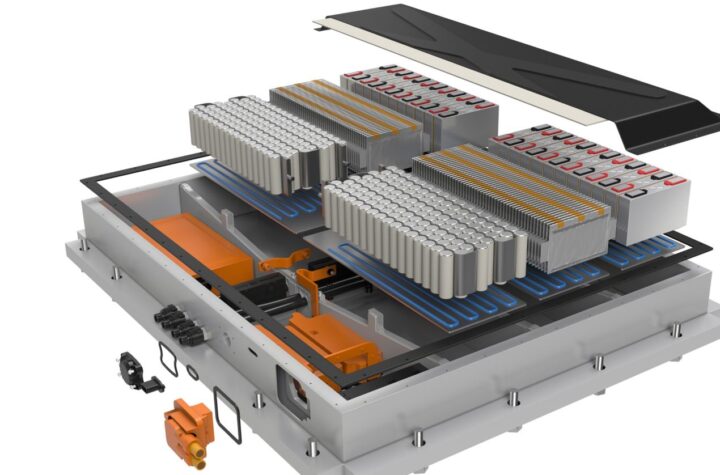
Solazyme Inc., South San Francisco, CA. proposes a process based on reaction between algae and sugar (without lignin removed) in large industrial fermentation vessels without sunlight to produce bio oil 1000 times faster than usual solar based algae growth in open ponds or plastic containers.
Oil content is achieved by cultivating the algae under highly controlled conditions in which the algae acts as yeast fed with sugars(xylose,5 carbon sugars) that can be derived from a variety of sources including sugar cane , cellulose and hemicellulose, and industrial wastes.
The outlook for U.S. sugar supply from biomass has improved with announcement of a 50/50 venture by Chevron & Weyerhaeuser called Catchlight Energy LLC which will produce cellulose and lignin sources of sugar.. Sugar is over 50% of Solazyme’s production cost. The process does not use CO2
Different algae strains can produce oil with different properties each best for conversion to different fuels including diesel, Jet-A, gasoline or for other uses…
Applicable ASTM (U.S.), European (EU) and U.S Military biodiesel specifications have been met for diesel fuel which has been road tested in diesel cars without engine modifications. The biodiesel energy density is very similar to high quality canola-based biodiesel. All biodiesel has slightly lower energy density than fossil-based petrodiesel. Solzayme’s oil can also be converted into diesel fuel that is chemically indistinguishable from fossil-fuel based petrodiesel through hydrotreating and can further be cracked into jet fuel..
Facilities for sugar/algae bio oil production can be located virtually anywhere without need for solar energy. High throughput due to high speed reaction and 24 hr. operation are major advantages. Facility cost expressed as $/bbl/yr capacity is anticipated to be in the same range as ethanol plant cost although exact numbers are proprietary.
Existing ethanol plants can be converted to sugar/algae processing with appropriate modifications… Transport by pipeline is compatible with petroleum products as opposed to ethanol. .
A first pilot plant is scheduled to be operating in 2008 from which economic data will be obtained along with system verification. Solazyme expects that within 2-3 years, bio crude oil from commercial size sugar/algae processing plants can be in the same market cost range per barrel without subsidies as conventional petroleum crude oil.
The Solazyme closed fermentation vessel system to grow algae on a sugar source has a higher fixed cost than open pond systems but with productivity 1000 times faster than photosynthetic cultivation, it is projected to be more cost effective overall. . .
Bob Brooks, AUTO TECH NEWS 847-336-8256 ro76bro@aol.com












More Stories
Automotive Industries (AI) Newsletter April 2025
Bangkok International Motor Show 2025 – The Talk of Sensuous Automotive
Earn GHG reduction values through MOL Pure Car Carrier “Book and Claim (B&C)” service